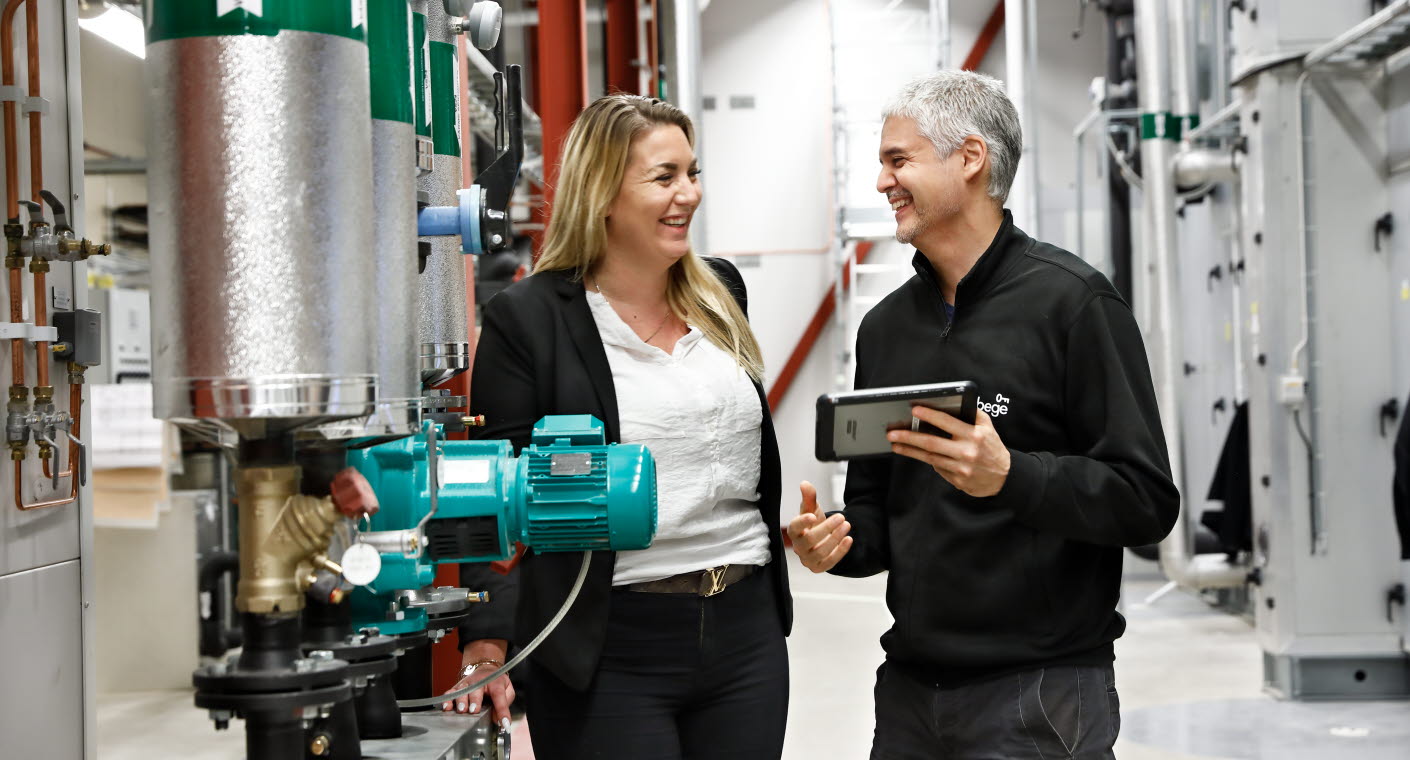Climate risk analyses
In 2021–2022, we carried out climate risk analyses on a total of 60 properties in the districts of Arenastaden, Solna Business Park, Hammarby Sjöstad and Stockholm inner city. The investigation is part of our current work with the EU taxonomy and associated reporting. The analysis identified increased precipitation and flooding as one of the greatest potential future risks. In property management and ongoing and future redevelopments, we will ensure that the necessary measures are taken to address identified climate risks.
We have carried out climate risk analyses at the property level in almost the entire portfolio based on the requirements of the taxonomy; these analyses are also carried out in connection with the certification of new builds according to BREEAM-SE. The analyses of investment properties are based on a worst-case RCP 8.5 scenario with continued high carbon emissions until 2100. Flooding and increased precipitation have been identified as the greatest potential future risk. The models used take climate change into account with a climate factor of 1.25.
Qualitative scenario building also evaluates other relevant climate risks such as wind, temperature changes and erosion/subsidence. These risks are expected to ultimately affect our portfolio to a much lesser extent than heavy rain and flooding.
We have only dealt with one scenario in our climate risk analyses, but the taxonomy recommends several scenarios. However, we have only analysed the worst-case scenario (8.5) and believe that analysis of this scenario alone provides a good overview of the risks. We have decided to implement a significant number of the measures identified in the analyses. These actions have been factored into our operations and will be carried out on an ongoing basis going forward.

Flood solution outside the entrance to our zero energy hotel House of Choice.


